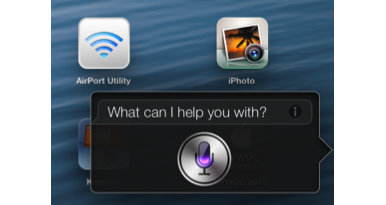A few tips on choosing a service:
Estimate how many participants you expect, and make sure you have plenty of lines available.
Many services offer free recording capabilities. If it is important to have a good recording of the call, you should also make your own recording. That way, if either fails you will have a backup.
Some services limit the length of your conference, while others have no limit. Limits are often six hours, but some are less. At least one limits your conferences to just 30 minutes.
Free conference call services typically do not provide the extras, such as a live operator to assist during the call. If you need that, look for a paid service.
Always test a service before using it for an important meeting or a teleseminar. And have a backup service available if something goes wrong or the conference service is not available.
Although no special charges are imposed for accessing a conference calling service, some cell phone carriers do not allow their customers to access certain free conference services. Likewise, “unlimited” long distance plans may charge regular long distance rates for these calls. Call participants may want to check with their carriers before the call to avoid any surprises.
Here is the list of free audio conferencing services, in alphabetical order.
Free Conference Calling Services
Accutalk
Free conferencing (calls and web) for up to 20 people. Paid upgrades available.
AdConferencing
Free conferencing through your web browser and Flash, or over the telephone. Up to 96 participants on a call. Recording is available. Ads are 5 - 6 seconds and play when callers first call in.
Calliflower
Free phone conferencing and interactive chat. Premium plan includes document sharing and international call numbers.
Calliflower Facebook App
Facebook App for free conference calls via Calliflower.
Conference Town
Free telephone conferencing for up to 250 participants.Web control panel and recording available.
Confree Call
Free telephone conferencing for up to 500 participants. Recording not available.
dukaUS
Leader initiates call online and enters numbers to call participants. Limited to leader and five additional participants, maximum of 30 minutes per day.
Foonz
Not a traditional conference calling service. You can automatically invite people on your call list to join you in a call, or send a pre-recorded message out to them. Great for sending notices to groups (e.g., sports teams, clubs and associations, etc.).
Free Audio Conferencing
Free telephone conferencing for up to 100 people. Recording available at an additional charge.
Free Conference Call
Free telephone conferencing for up to 96 participants. Recording included.
Free Conference Calling
Free telephone conferencing for up to 350 participants. Web control panel and recording included.
Free Conference Service
Free telephone conferencing for up to 50 participants. No recording provided.
FreeConCall
Free telephone conferencing for up to 30 participants, no recording available.
FreeConference
Free telephone conferencing for up to 150 people. Recording available at an additional charge. (Some plans limit calls to three hours.)
FreeConferencing
Free telephone conferencing for up to 1000 participants. Web control panel and recording included.
FreedomConferenceCall
Free telephone conferencing for up to 96 participants. Recording included.
Gizmo
Free PC-to-PC calling. Free conference calls. (Toll number for callers not using Gizmo.)
InstantConference
Free telephone conferencing for up to 150 participants. Web control panel and recording included.
Leader Dialog
Free telephone conferencing.
MrConference
Free telephone conferencing for up to 30 participants. Recording available at an additional charge.
MyFreeConference
Free telephone conferencing for up to 30 participants. Web control panel and recording available.
NoCostConference
Free telephone conferencing for up to 250 participants.Web control panel and recording available.
NoCostConference - UK
UK Free telephone conferencing for up to 250 participants.(Phone charges apply.) Web control panel and recording available.
phonesty
German telephone conferencing company.
Powwownow
Free telephone conferencing for up to 50 people. Low-cost international dial-in numbers available on free plan. No recording on free service.
Quality Conference Call
Free telephone conferencing for up to 250 participants.Web control panel and recording available.
Rondee
Free telephone conferencing for up to 50 participants, with free call recording and web-based invitation and response system.
TalkShoe
Calls are automatically recorded and uploaded to the site for public listening. Great for podcasts and other broadcasts.
The Basement Ventures
Free telephone conferencing for up to 250 participants.Web control panel and recording available.
Totally Free Conference Calls
Free telephone conferencing for up to 99 participants. Free recording.
Whistletree
Free telephone conferencing and recording. Lots of management features. Web site indicates several additional features “coming soon.”









